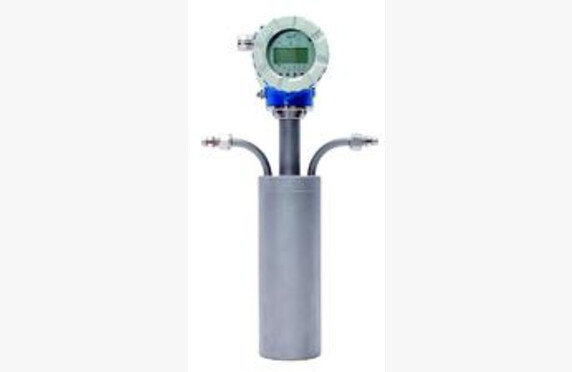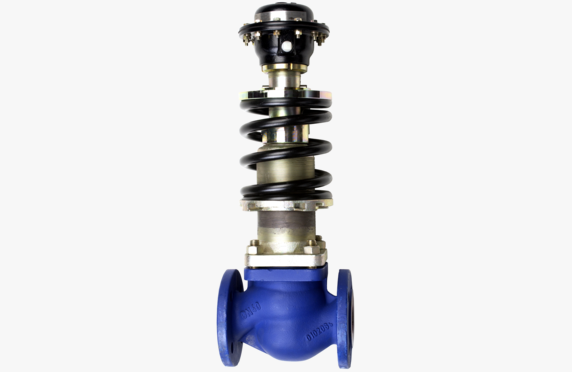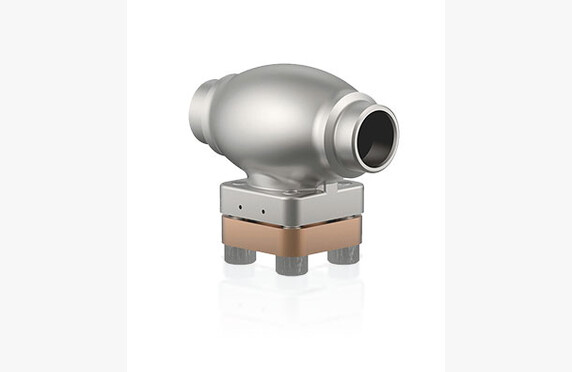Density measurement
Density measurement
Media
Manufacturers
Technical specifications
Measurement range: 0-5000 kg/m3
Accuracy: +/-0.01%…+/-0.02%
Materials: e.g. 1.4571, Inconel, Tantalum, Hastelloy
Other names: density meter
What is density measurement?
Density measurement is based on a vibrating element. Changes in density affect the fundamental vibration. The change in vibration reveals the density of the fluid. The built-in temperature sensor measures the fluid’s temperature while compensating for the temperature’s effect on the transmitter.
Selection of density measurement devices
The density meter Bopp&Reuther DIMF measures the density and concentration of liquids, liquid mixtures, and multiphase fluids. The measurement is based on the medium passing through a vibrating element. The medium’s density causes variations in the vibration frequency.
The density sensor can be installed either directly in the line, in a storage tank, or in a bypass flow. It contains no moving parts and does not require an operating permit.
We assist in selecting a remote control device that meets your application requirements. Ask our contacts for more information.
Download brochures

Bopp Reuther Density And Concentration Meter Series DIMF
Lataa PDF












